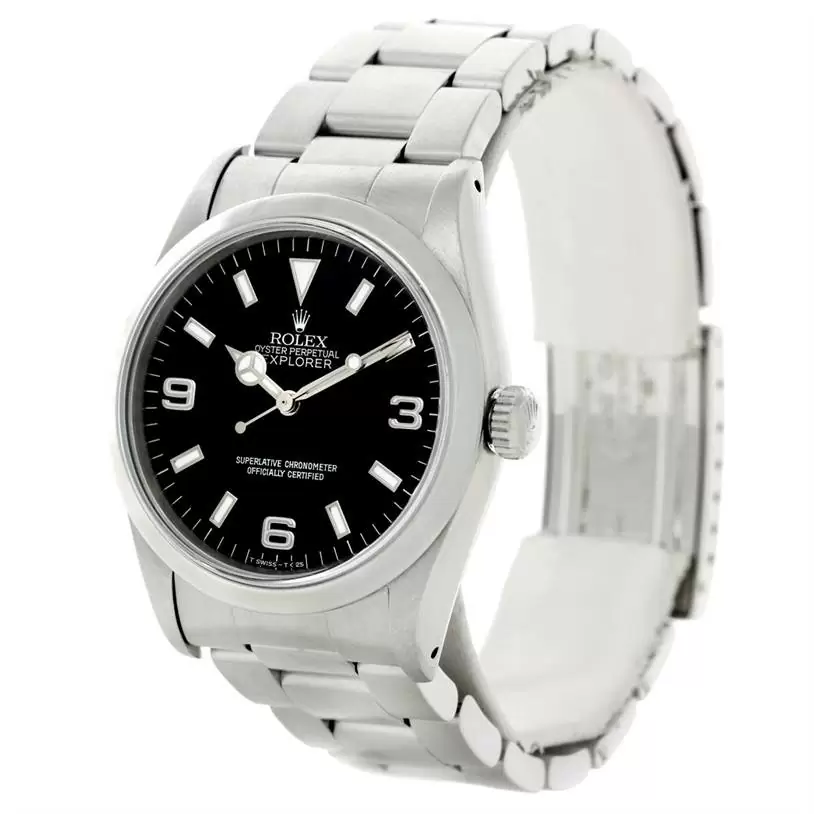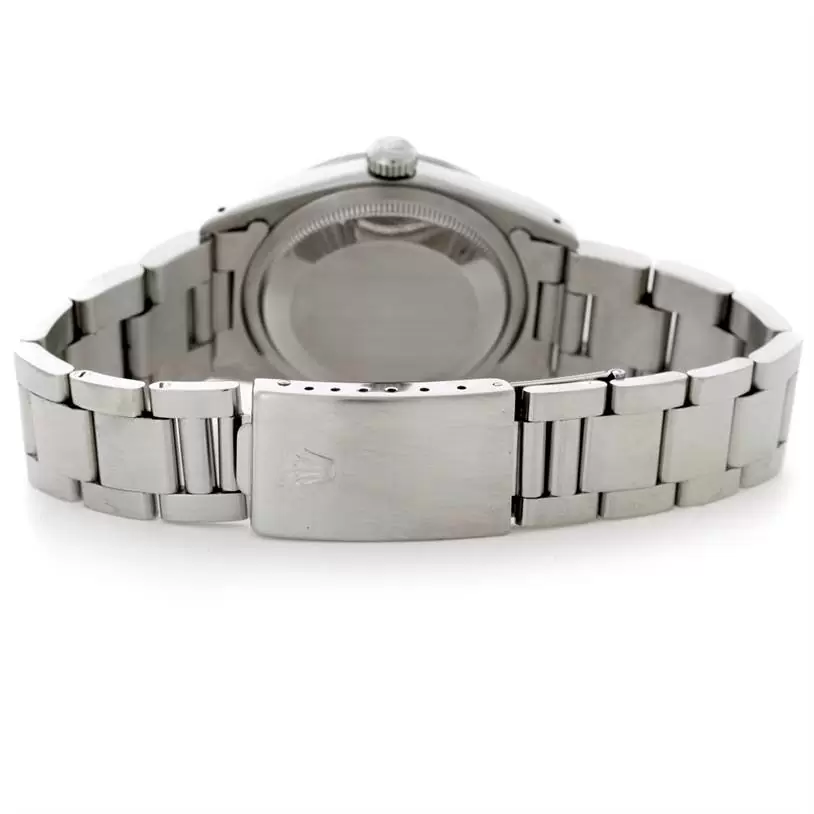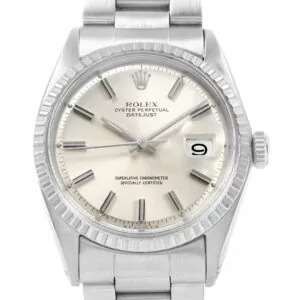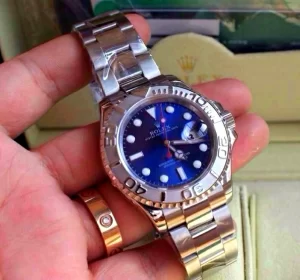The Age of Rolex 50’s Explorer vs. 60’s Explorer

There is a case to be made that Rolex’s Explorer was the first ever tool watch. While it may not have been the first model designed to provide the wearer with some sort of assistance in their work, the Explorer was the beginning of the brand’s future domination of the category which they invented.
Tool watches or sports watches are now the best-selling types of timepieces, and they can all be traced back to one of the most understated and unpretentious creations introduced even by the rather conservative fake Rolex.
However, as with almost everything the world’s most popular watchmaker introduced to the world in the 1950s, the Explorer’s early years were relatively turbulent. Here’s a look at how the watch was fine-tuned from its debut to the end of the 1960s.
It uses the same relatively modest A296 movement as before, with its bulky winding rotor that still requires a raised case back. Its dial, with its closed minute track, arrow indexes and replica Rolex crown, is characteristic of the 1950s and is known today as the “Everest dial”.
It was designed in 1963 specifically for the Japanese market in an attempt to capture some of the Japanese admiration for the astronauts of that era. It was a completely standard explorer’s watch with a gold-plated dial, the only difference being that its name was changed to “Spaceman”. However, even as the Mercury 7 crew’s goodwill tour brought the country to a standstill, the “Spacewalker” refused to be lit in Japan, and it was abandoned in 1966.
However, it was also one of Rolex’s most successful designs. With almost nothing superfluous on it, it was free to do its job without any fuss or pretense. Like everything the brand introduced in the 1950s, it had a shaky start. But once it entered its heyday in the ’60s, it was able to stick with Ref., which is a testament to the longevity of its design.





